3 Surprising Ways to Use Cinnamon in the Garden

Around here, cinnamon has officially earned a spot in the garden shed. Yes, really!
Using cinnamon in the garden is one of those little-known gardening hacks that feels almost too good to be true — but wait 'til you try it.
Whether you’re dealing with moldy seedlings, pesky ants, or plants that need a little TLC, cinnamon might just become your new favorite garden helper. It's cheap, it smells amazing, and it works in more ways than you’d expect.
Let’s dig in (pun 100% intended)!
Tools and Materials
- Ground cinnamon (organic or regular)
- A small spoon or shaker
- Coffee filters
- Saucepan
- Spray bottle or shaker jar
- Cotton swabs or makeup brushes
- Garden gloves (optional, but keeps hands less cinnamon-y)
Hometalk may receive a small affiliate commission from purchases made via Amazon links in this article but at no cost to you.
1. Use Cinnamon to Help Your Ground Cover Flourish
Sprinkling a little ground cinnamon over your groundcover can help keep fungal issues at bay, especially in damp or shaded spots where mold likes to linger.
It may also gently suppress weed seed germination, giving your groundcover a chance to spread more freely without competition. While it’s not a strong herbicide, this natural trick can support a healthier, more resilient garden with less fuss.
2. Healing Wounds on Cut Plants
This one feels like magic. If you’ve pruned a plant or accidentally snapped a stem, cinnamon acts like a natural antiseptic.
Dust a little cinnamon directly onto the cut or broken area. It helps stop fungal infection and speeds up healing.
3. Rooting Hormone Substitute
No rooting hormone? No problem.
Cinnamon encourages root growth and helps prevent fungus on cuttings.
Dip the end of your plant cutting into cinnamon before planting it in soil or water. That’s it!
Looking for more clever garden hacks?
Give Cinnamon a Try in Your Garden!
Who knew that cozy kitchen spice had so many uses in the garden? From fighting fungus to deterring pests, using cinnamon in the garden is a game-changer — and it’s already in your pantry.
So next time you’re baking banana bread, save a little extra cinnamon for your houseplants, seedlings, or that ant-infested corner of your backyard.
If you try any of these tricks, We’d love to hear how it went! Drop a comment below!
Enjoyed the project?
Comments
Join the conversation
-
 Tri119037331
on May 25, 2025
Tri119037331
on May 25, 2025
Yes, I do put around the foundation of my house. I also purchase some of the cinnamon-scented pine cones during the holidays and place them in strategic locations in closets, inside cabinets, under pieces of furniture, etc.
you can also put a line of cinnamon at the entrance to your house, garage, wherever you need it to be.
Be careful though not to have it in easily accessible places where small children or pets can get it.
-
-
 Carmen Comrie
on May 27, 2025
Carmen Comrie
on May 27, 2025
Will do!
-

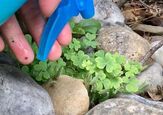







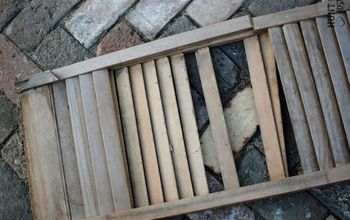
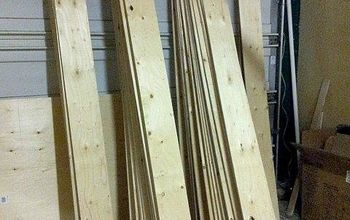



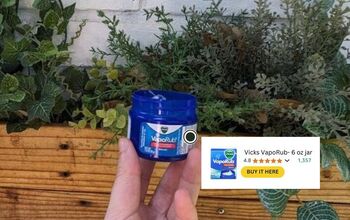
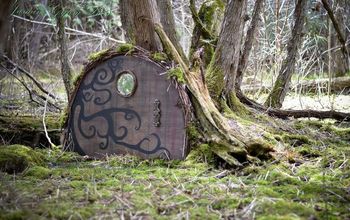
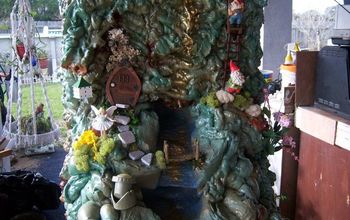
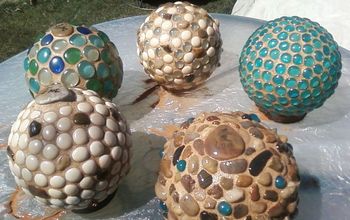
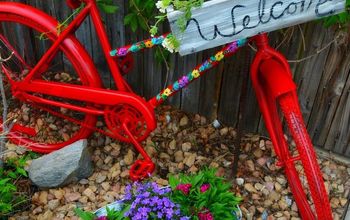
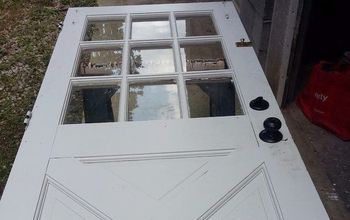


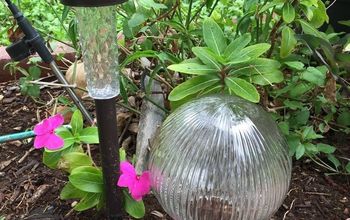
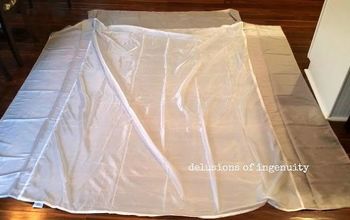



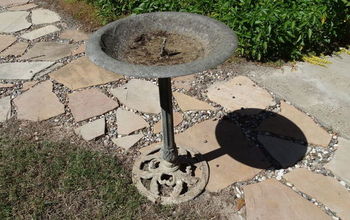
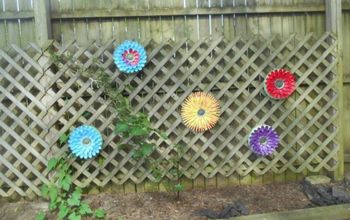
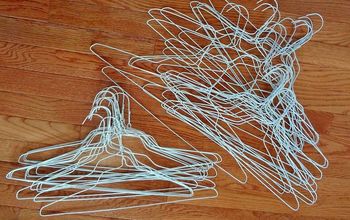

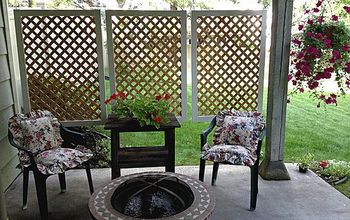
Frequently asked questions
Have a question about this project?
If cinnamon suppresses weed seed germination, why would you put it in any area of a vegetable garden? wouldn't it also suppress vegetable seeds ?
Any ideas on getting rid of silverfish?
What's good for ants